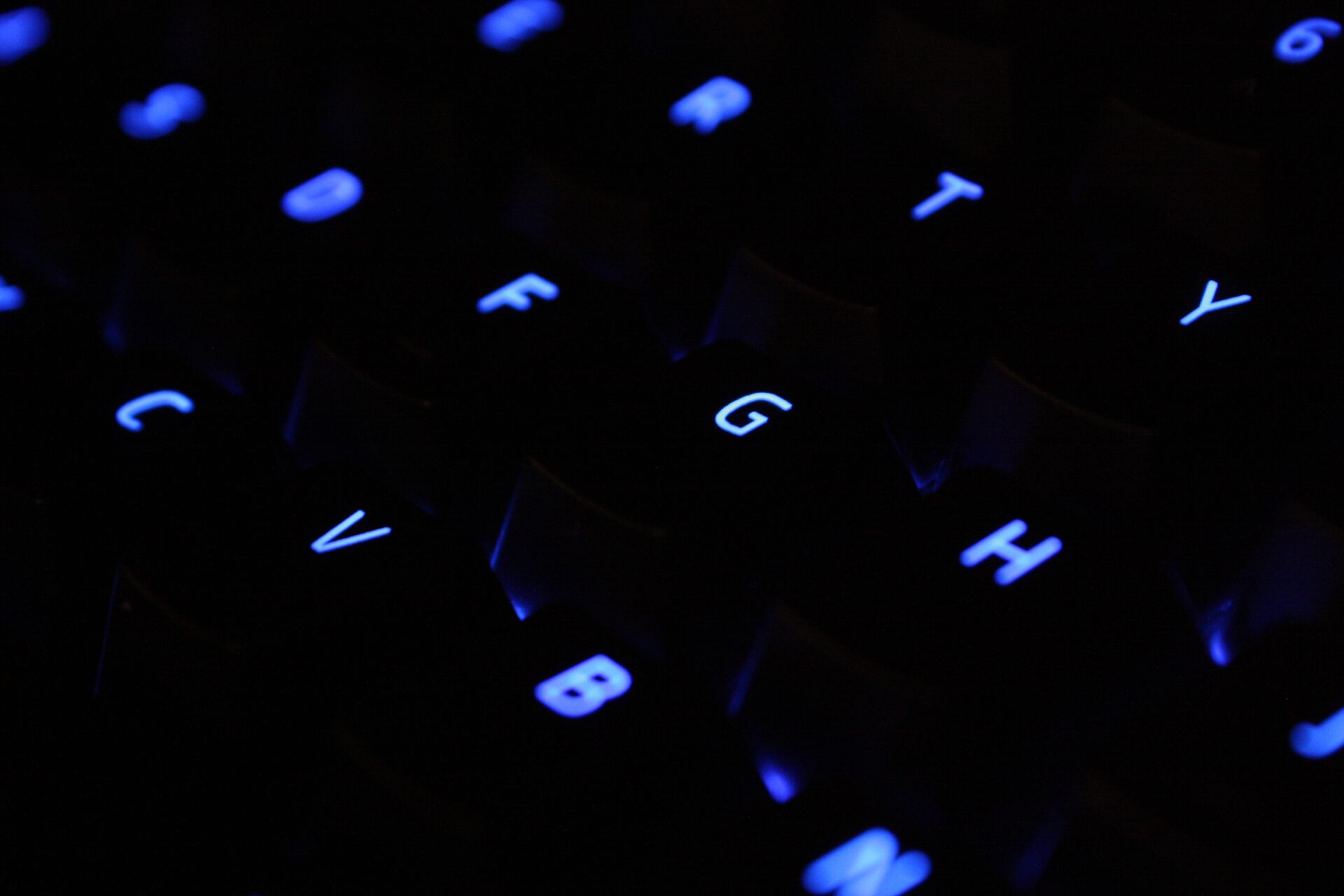Encoders are a device used to measure an object’s physical movement or position and convert it into a digital signal. They are commonly used in the UK by accident solicitors and other professionals who must accurately record data in order to provide services. In this blog, we’ll take a look at what encoders are, why they’re important, and the different types available on the market.
What are encoders?
Encoders measure physical motion or position and convert that information into digital signals for use in computers, robots, and other electronic systems. Commonly found in industrial automation, encoders can be used for a variety of tasks, such as measuring the speed of a motor or calculating the distance travelled by an object.
Here’s a quick overview of the different types of encoders:
Mechanical Encoder
A mechanical encoder uses mechanical components such as gears or levers to measure physical motion or position. The most common example is a rotary encoder which measures rotation angle by detecting gear teeth passing between contacts on its stator-mounted housing as its rotor turns. This type of encoder is often used for applications where accuracy is not critical and cost savings, such as controlling motors in toys or appliances, are important.
Magnetic Encoder
Magnetic encoders work by sensing changes in magnetic fields produced by magnets attached to moving objects such as motors or conveyor belts. These devices can be used to measure angular position, angular velocity, linear velocity, and linear displacement—all with very high accuracy and repeatability—and are typically found in machine tools or robotics applications where precise control is necessary.
Electromagnetic Induction Encoder
EMI encoders use electromagnetic induction technology to measure movement without contact between two components, such as rotors and stators in rotating machinery or wheels and rails on vehicles like trains or cars. EMI sensors provide highly accurate data but require specialised hardware for installation, which may add to costs depending on application requirements.
Optical Encoders
Optical encoders use light sensors to detect patterns on reflective surfaces, such as discs mounted on rotating shafts from motors or other moving parts in machines. Optical sensors do not require direct contact between components making them more reliable than EMI sensors. When measuring large distances over time with optical sensors, little maintenance is needed compared to traditional mechanical solutions, like gear teeth-based rotary sensors, which need regular calibration.
Understanding what kind of encoder you need for your application can be tricky business, so it’s important you thoroughly research each option before making your selection. By understanding the purpose of each type, along with their advantages and disadvantages, you’ll be able to determine which one best suits your needs. A little research goes a long way!






